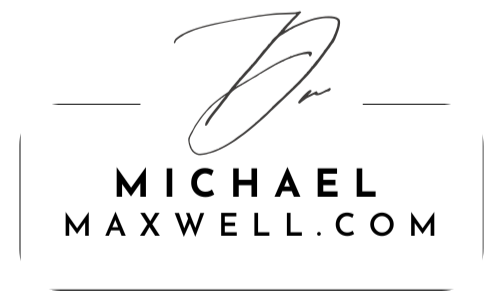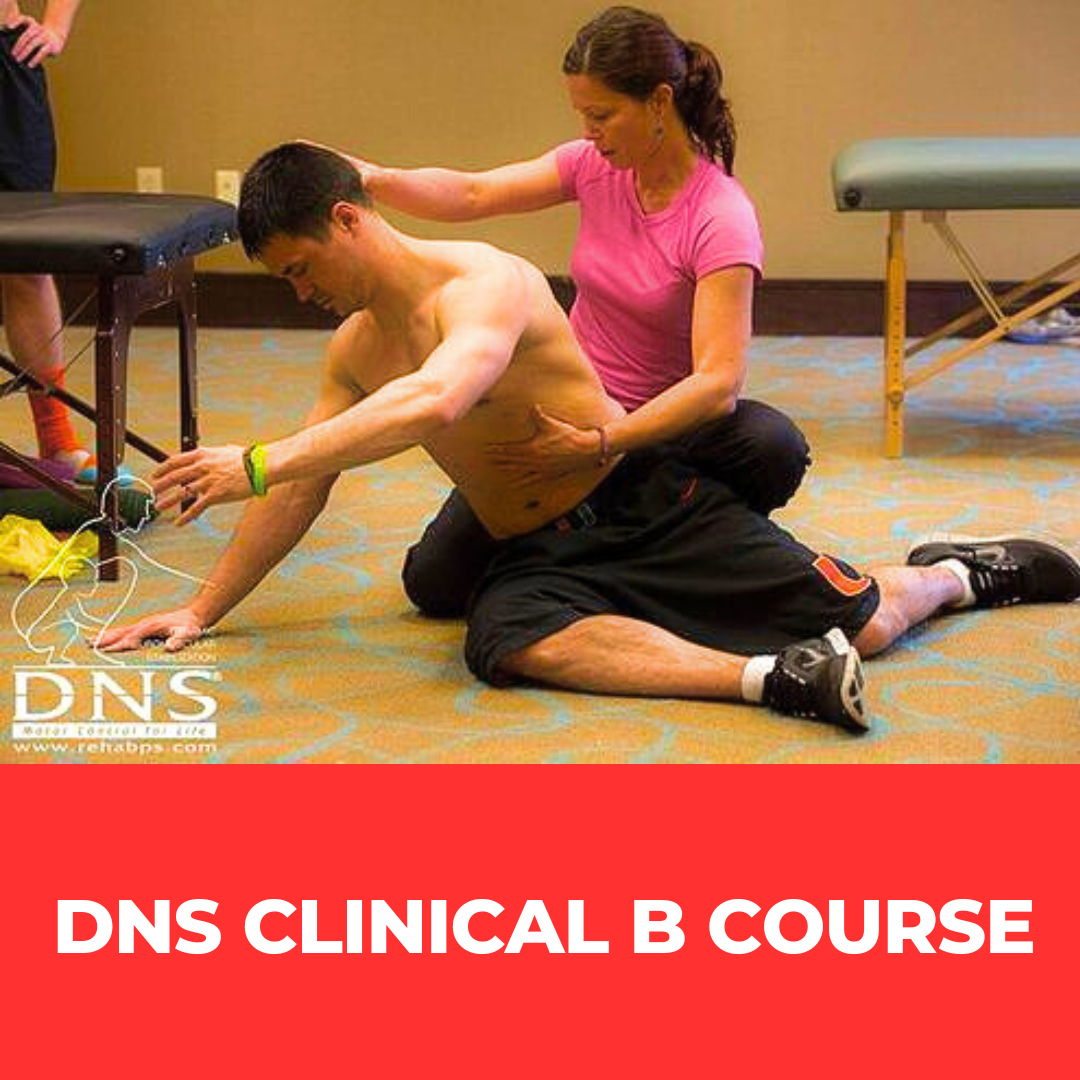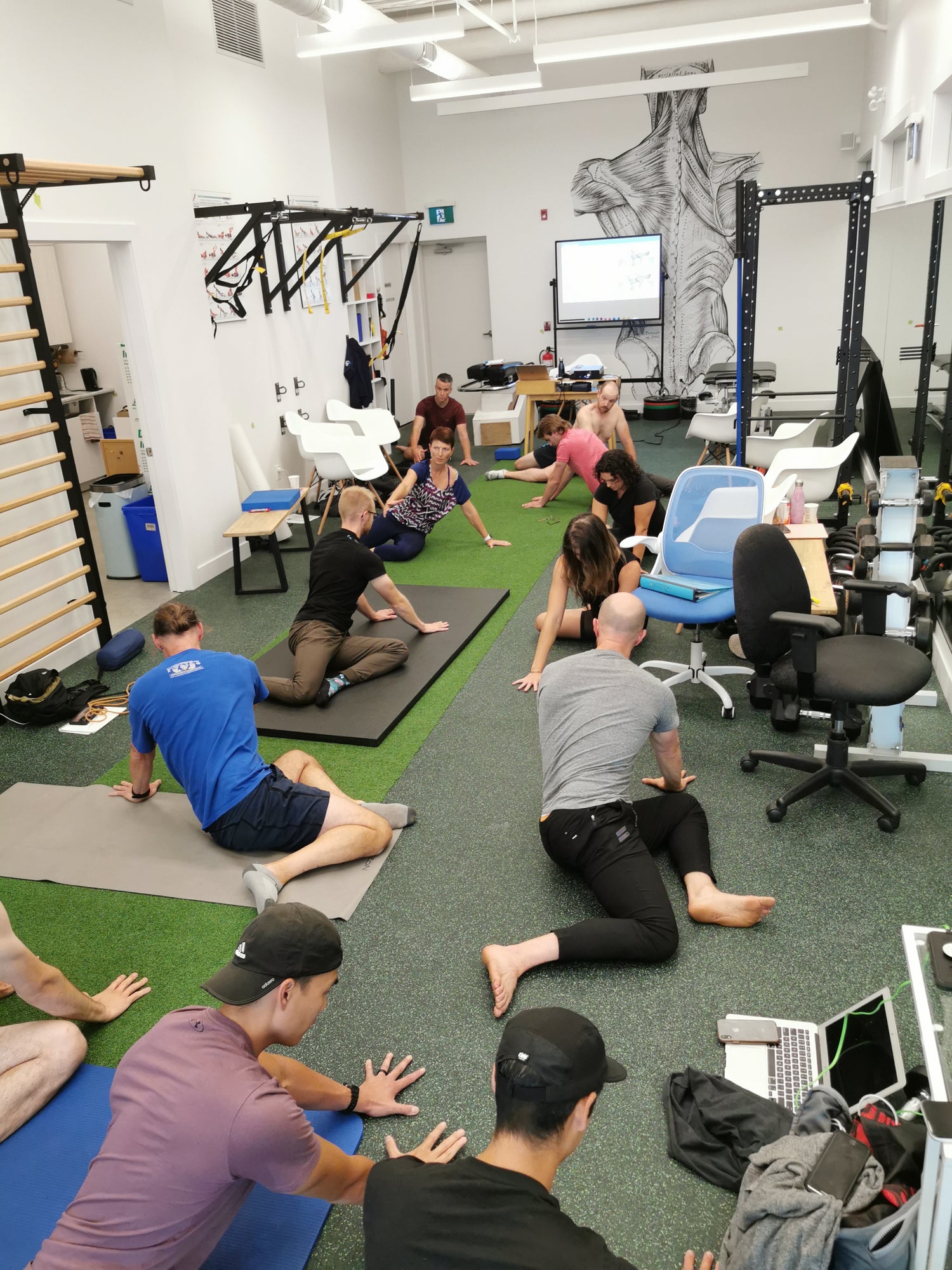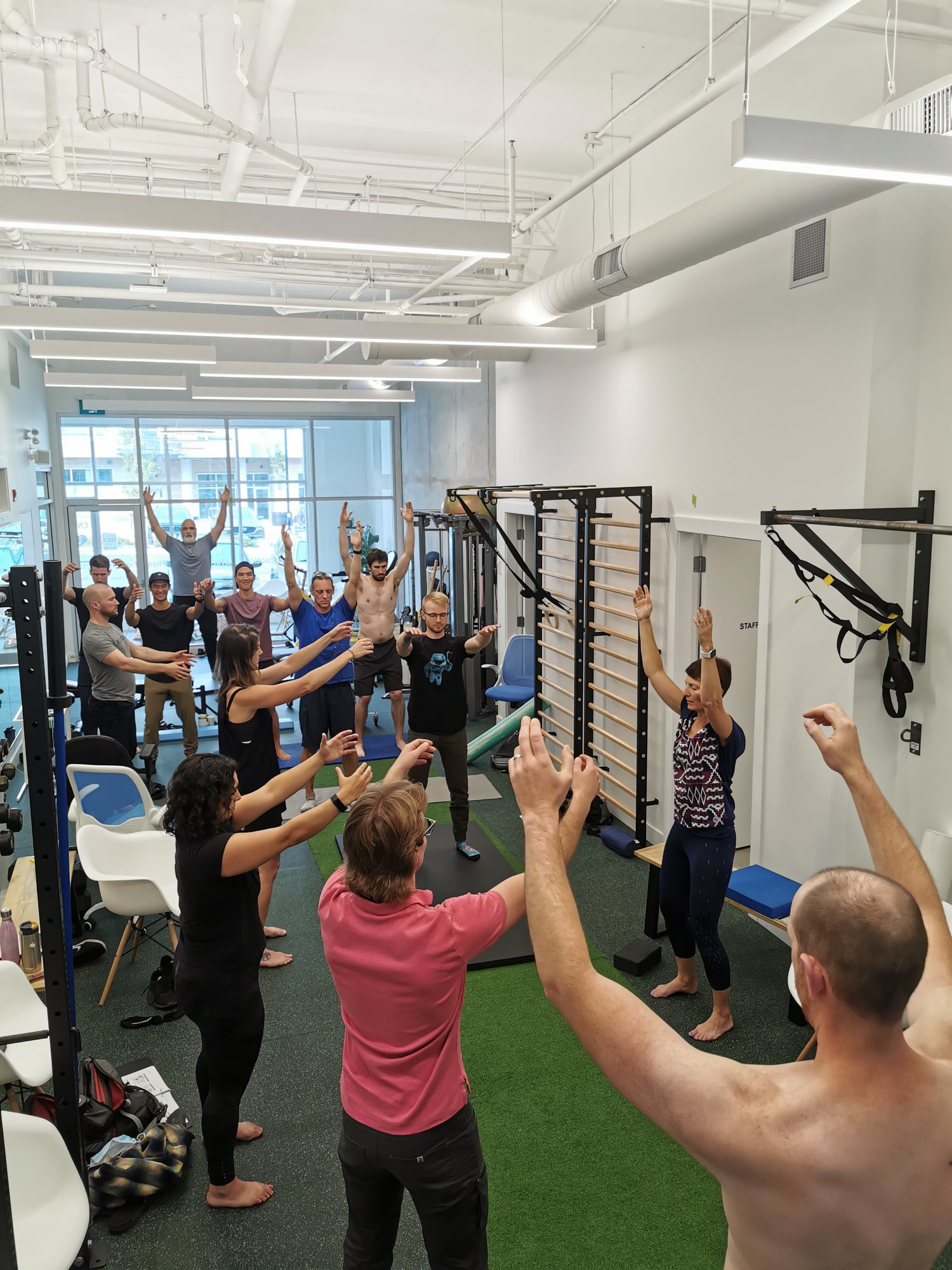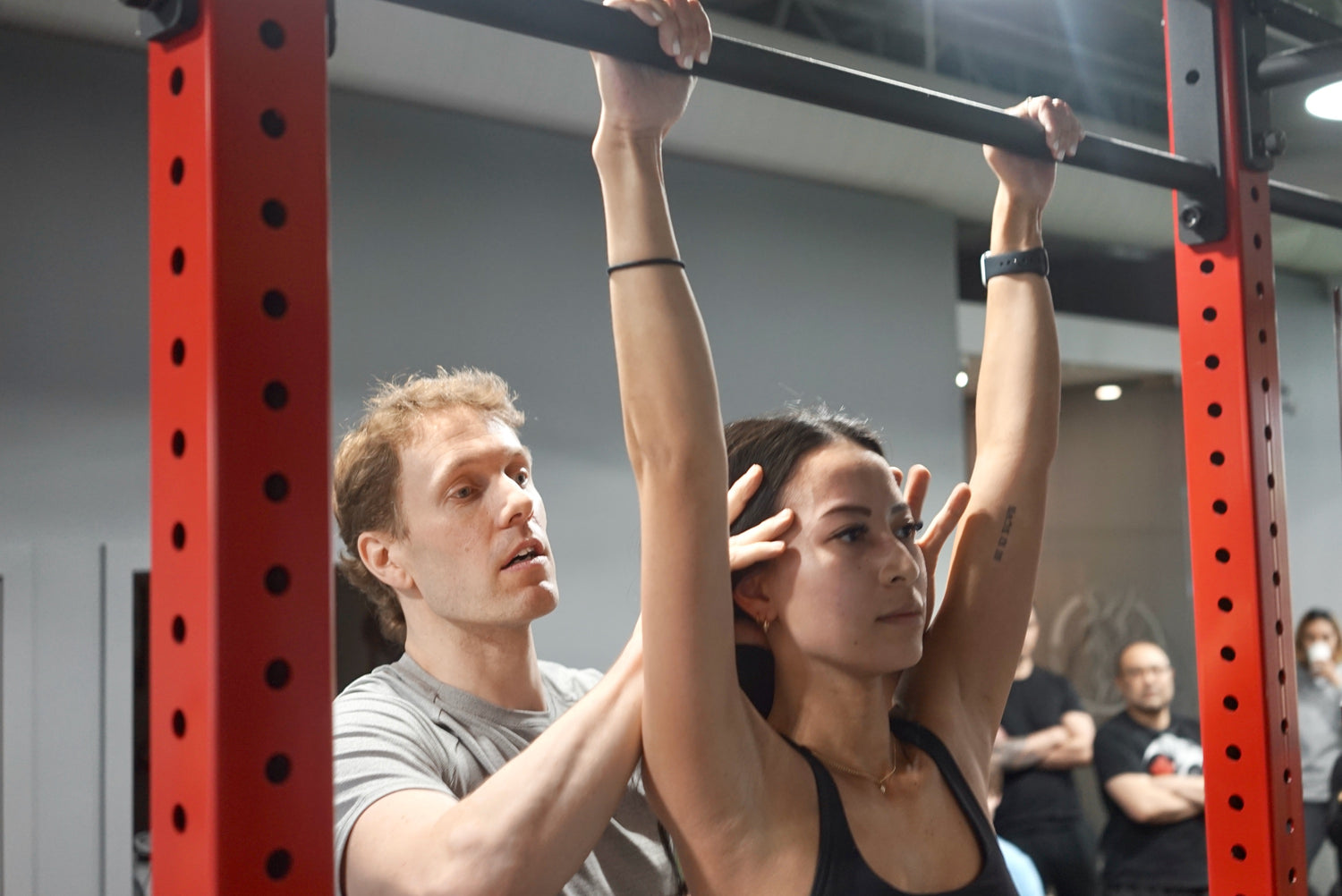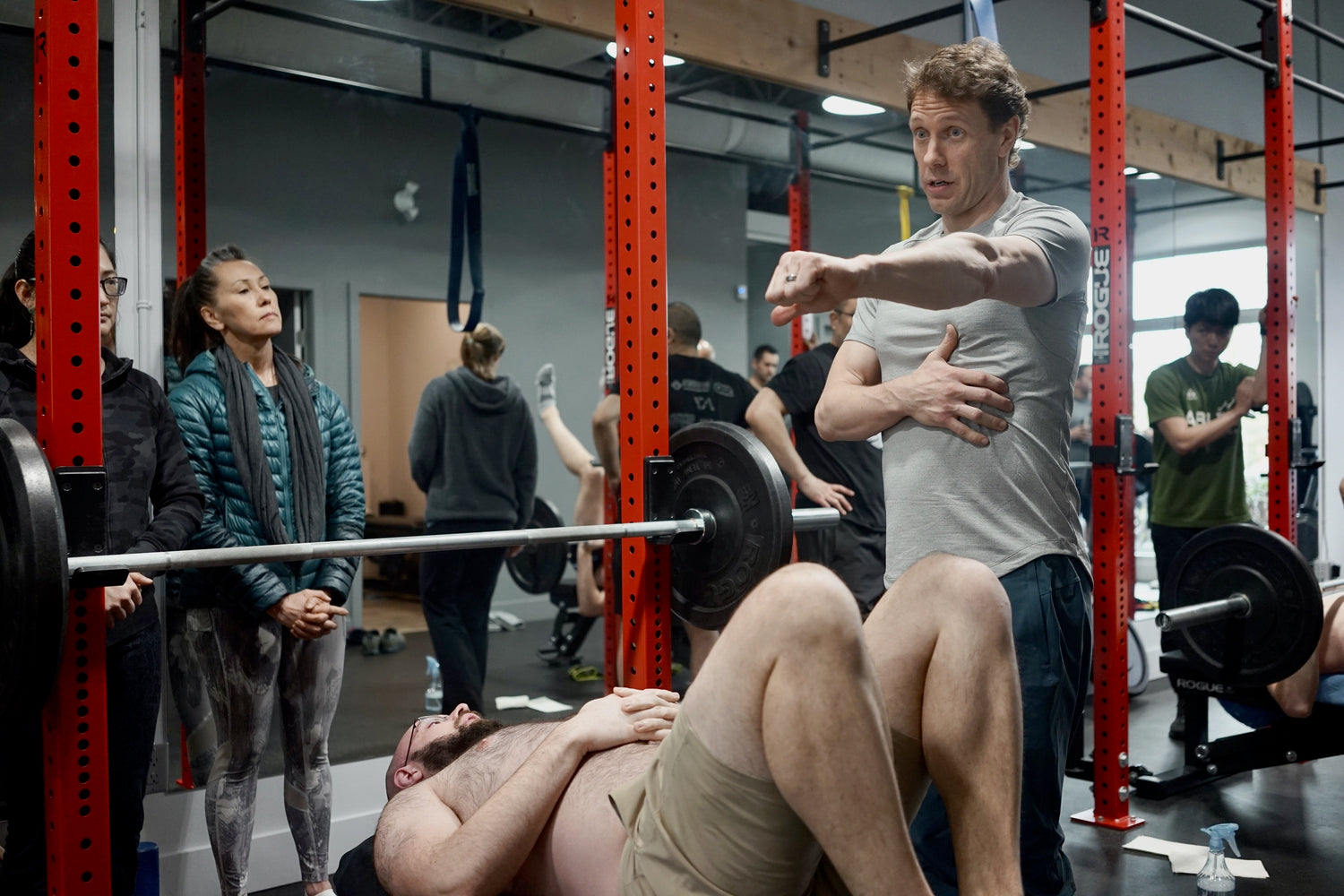Description
The DNS Clinical Series of courses is for Clinicians are based on neurophysiology, neuroanatomy, muscle physiology, and kinesiology, with an emphasis on diagnostics.
In DNS B we take the foundation of sagittal stabilization and apply it to differentiated patterns. We complete the developmental sequence and place our major emphasis on rehabilitating and training the ipsilateral and contralateral patterns. Students will gain a deeper understanding of the developmental sequence and the neurophysiological aspects of ontogenesis.
These courses are limited to licensed health professionals (MD, DO, PT, DC, OT, ATC, massage therapists).
Course Highlights
DNS Clinical Courses are 3-day, 21 hour courses, featuring a strong practical components, with a 65:35 practical-theory ratio.
DNS is a revolutionary perspective on evaluating and rehabilitating postural function that will greatly enhance any clinical rehabilitation or strength and conditioning program.
DNS B applies the fundamentals of sagittal stabilization and advances participants into the differentiated - ipsilateral and contralateral patterns.
What You Will Learn
DNS B we take the foundation of sagittal stabilization and apply it to differentiated patterns. We complete the developmental sequence and place our major emphasis on rehabilitating and training the ipsilateral and contralateral patterns. Students will gain a deeper understanding of the developmental sequence and the neurophysiological aspects of ontogenesis.
- Demonstrate an understanding of developmental kinesiology and its relationship with pathology of the locomotor system: review theory covered in the A course and introduce more advanced theory, namely the verticalization process
- Describe the basis for primitive reflexes and postural reactions and their roles in developmental kinesiology
- Introduce basic information about reflex locomotion according to Vojta
- Perform demonstration of assessments of babies: attendees will be able to recognize ideal and disturbed locomotor patterns and determine the developmental age of the babies
- Demonstrate and teach proper handling of infants
- Demonstration application of DNS assessment and treatment in adult patients with pain and dysfunction within the locomotor system – stabilization assessment and treatment strategy
- Postural analysis & testing of integrated spinal stabilization system – review of Course A tests and introduction to additional, advanced tests
- Integration of corrective exercises based on newly taught DNS functional tests
- Exercise in differentiated ipsilateral and contralateral static positions, position transfer during locomotor function, exercise progression using unstable surface, resistance against “planned movement”, dual tasking and other challenges both in ipsi and contralateral patterns, transition between ipsilateral and contralateral patterns, training of isolated segmental movement
- Introduction to cortical functioning – body scheme, quality of relaxation, isolated segmental movements
- Provide more complex clinical management explanations for clinicians to better integrate more advanced DNS protocols into clinical practice
- Optimally prepare students for the next level of training (Course “C”)
Course Outline
Hour 1 - 2: Developmental Kinesiology & ontogenesis – review of the basic principles
Hour 3 - 4: Primitive reflexes, postural reactions & postural activity during the first year of lifeBreak
Hour 5 - 6: Functional assessment during the first year of life –demonstration of babies & video demonstration
Hour 7 - 8: Distinguish physiological and pathological development; central coordination disturbance; determine the developmental age; proper baby handling
Hour 9 -10: Distinguish physiological and pathological development; central coordination disturbance; determine the developmental age; proper baby handling cont.
Hour 11: Optimal spinal stabilization – review of the basic DNS tests
Hour 12: Workshop: Additional and advanced DNS tests
Hour 13 - 14: Cortical function: Body scheme assessment and treatment approach
Hour 15 - 16: Workshop: Mobilization and relaxation techniques based on developmental kinesiology principles
Hour 17 - 18: Active exercise prescription based on developmental & reflex locomotion positions
Hour 19 -20: Workshop: DNS active exercise
Hour 21: Workshop: Advanced positions for active exercise. Patient’s education
Hour 22 - 25 Workshop: Advanced positions for active exercise. Patient’s education
Course Instructors
Petra Valouchova, MPT, PhD
Petra Valouchova, PhD, MPT
-
Petra graduated with a Master’s degree from the Department of Physical Therapy at Palacky University in Olomouc in 1998.
She achieved her Ph.D. in Kinanthropology with a focus on Biomechanics in 2001. Her main interest is biomechanics and the kinematic analysis of gait.
Since 2002 Petra worked as a physical therapist at the Rehabilitation and Sport Medicine Department at the Motol University Hospital in Prague.
Petra is a university teacher of physical therapy at the Charles’ University Medical School. Her lectures include Sports Medicine, Biomechanics, Bobath Concept and Vojta Reflex Locomotion methods. She has also specialized in surface electromyography assessment and has published several articles regarding surface electromyographical studies.
As of October 2011, Petra became Chief physiotherapist at the Centre of Movement Medicine located in Prague (http://www.cpmpk.cz) which is one of the two private clinics owned by Professor Kolář where she oversees both departments of physical therapy since 2018.
Petra is certified in Dynamic Neuromuscular Stabilization, Vojta Reflex locomotion principle, Mobilization and Soft Tissue Techniques according to Lewit, Bobath Method for adults, Stecco Fascia Manipulation, and Dry Needling DGSA
She also completed courses in Neurodynamics according to Butler, Barral Institute method of Visceral Manipulation and Mulligan concept- Petra is an expert in Dynamic Neuromuscular Stabilization and is also a certified Instructor in Developmental Kinesiology and Dynamic Neuromuscular Stabilization since 2002.
- Her main focuses in DNS are sport medicine, running athletes, pediatrics, junior athletes, and foot problems.
- Petra has been a Fitness Step Team World Champion in 2003 and 2004, and European Champion in 2004.
- Petra currently resides in Czech Republic, near Prague with her husband, daughter and son.
Certification
DNS is more than a course; it's a system of understanding human movement - posture and function - through a series of courses and a certification process. Eligibility requirements for the DNS Course D include:
- Completion of A – C courses and at least two additional DNS workshops. The additional DNS workshops may include repeated A-C courses, DNS skills review sessions, DNS special workshops e.g sports performance, neurological disorders, pediatrics, etc.
- Receipt of Certificates of Achievement in Courses A, B & C
- Application for Course D must take place no earlier than three years and no later than seven years, following completion of Course A.
- Demonstrate adequate handling skills that are evaluated by the respective instructors during workshop practice sessions.
